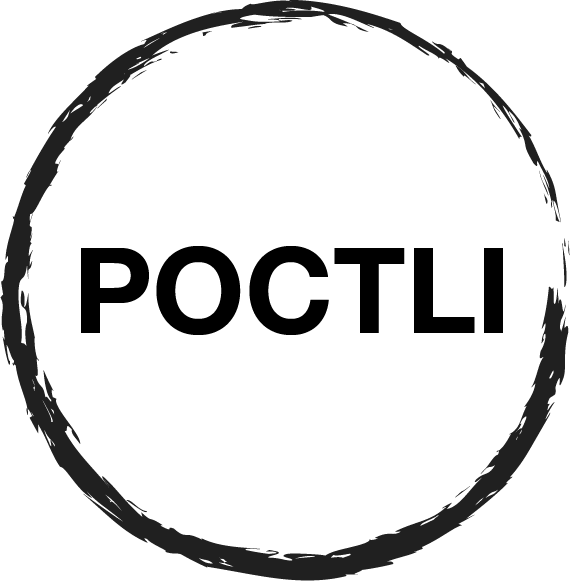Posts by Category
RECIPE: Aguayón Estilo Oaxaqueño (Oaxacan Roast Beef)
This dish is simple yet elegant in its presentation and flavor profile. I compare it to the great braises of European cooking (i.e. Beef Bourguignon, Ragu) and but with the strong fruity profile of the Pasilla chile in the sauce that makes it truly Mexican.
This dish is simple yet elegant in its presentation and flavor profile. I compare it to the great braises of European cooking (i.e. Beef Bourguignon, Ragu) and but with the strong fruity profile of the Pasilla chile in the sauce that makes it truly Mexican. This recipe is loosely based on Diana Kennedy’s Aguayón Estilo Leonor from “The Essential Cuisines of Mexico.”
I plate this with blanched green beans and boiled turned potatoes. On the side serve with fresh corn tortillas, a salsa de chile de arbol, and a full bodied red wine (Bordeaux, Pinot Noir, Cabernet, Merlot.)
Serves 6
Ingredients:
2lbs beef roast (rump roast preferred)
Salt
Pepper
2 tablespoons Olive oil
3 pasilla chiles
1 chile de arbol (optional, see note in Method)
2 cups chopped tomatoes
1/2 cup sesame seeds, toasted
1/2 inch slice of bread (kaiser roll preferred)
2 garlic cloves
Method:
Salt and pepper every side of the pot roast before placing it in a dutch oven with hot olive oil. Brown on all sides and remove from heat leaving the juices and browned bits in the dutch oven.
Open the chiles and remove the stem, seeds and veins. Toast the chiles over a comal until brown and blistered but not burnt. If you burn them, the sauce will become too bitter. If you want the sauce to be spicier, then use the chile de arbol as well, keeping the seeds intact but removing the stem. Soak the chiles for 10 minutes in water until ready to blend.
Add the soaked chiles, tomatoes, toasted sesame seeds, slice of bread and garlic to a blender with 1.5 cups of water. Blend on varying speeds until smooth.
Add this mixture to the dutch oven and cook for five minutes, adding more water as necessary. The sauce will splutter. Add the pot roast to the pan and fill the pot with water so that the beef is 3/4 submerged. Cover and simmer for 4 hours until tender on low heat.
Remove the beef from the pan and allow to rest while the sauce reduces uncovered until thick enough to coat the back of a spoon.
Arrange the beef with the green beans and boiled potatoes. Serve with warm tortillas and salsa.
BOOK REVIEW: The Mezcal Rush - Explorations in Agave Country by Granville Greene
Granville Green's The Mezcal Rush: Explorations in Agave Country captures his journey into the often misunderstood alcoholic beverage native to Mexico. Published this year, the 286 page exploration follows Greene's personal journey with the intoxicant that he once drank in his college days known as "the drink with the worm in it," to the esteemed cultural heritage that makes mezcal the fashionable drink it is today.
Nothing plays the symphony of smoke quite like mezcal, and Granville Green's The Mezcal Rush: Explorations in Agave Country captures his journey into the often misunderstood alcoholic beverage native to Mexico. Published this year, the 286 page exploration follows Greene's personal journey with the intoxicant that he once drank in his college days known as "the drink with the worm in it," to the esteemed cultural heritage that makes mezcal the fashionable drink it is today.
After sampling a bottle of Del Maguey in a Santa Fe wine shop, Greene was intrigued to know more about the complex spirit he drank. "It was just completely different from anything I'd ever tasted, and I felt like it was telling me a story, but in an unfamiliar language," Greene writes. Ron Cooper's Del Maguey has become a commonality in the American market. A true pioneer, Cooper has acted as a middleman, importing "single village" mezcal to the US market with bottle prices well above $150 USD. Del Maguey sparked a lust for Greene to travel to Oaxaca and Guerrero to study the complexities of the spirit.
From Greene's findings he explains that tequila is simply a type of mezcal but ONLY from the blue agave A. tequiliana variety. The pina, or heart of the plant, is steamed not smoked in a earthen pit and eventually fermented and then distilled. Mezcal can be made from not just the blue agave, but from 30 varieties of agave! The complexity doesn't stop there - similar to a terroir, mezcal production can be nuanced by the type of soil it is grown in, which yeasts from the surrounding plants affect the flavor, what type of still is used to ferment it... the list goes on and on.
Greene's most impactful take-away for me was the sustainability of the entire production of the spirit. As "entrepreneurs" like Ron Cooper continue to claim the artistry of the maestros mezcaleros as their own, the communities who need mezcal to survive will not be properly compensated. The greed for mass production in the tequila industry is allowing big business to steal espadin plants in unregulated Oaxaca and Guerrero. Smaller communities cannot afford the expenses associated with the DOC and will never be able to market nor export their product.
The Mezcal Rush: Explorations in Agave Country was a special read which does the mezcal industry justice and will make me think twice before picking up a bottle of Ron Cooper's Del Maguey products, or at least make me think of the mezcalero who produced it.
Buy the book here.



